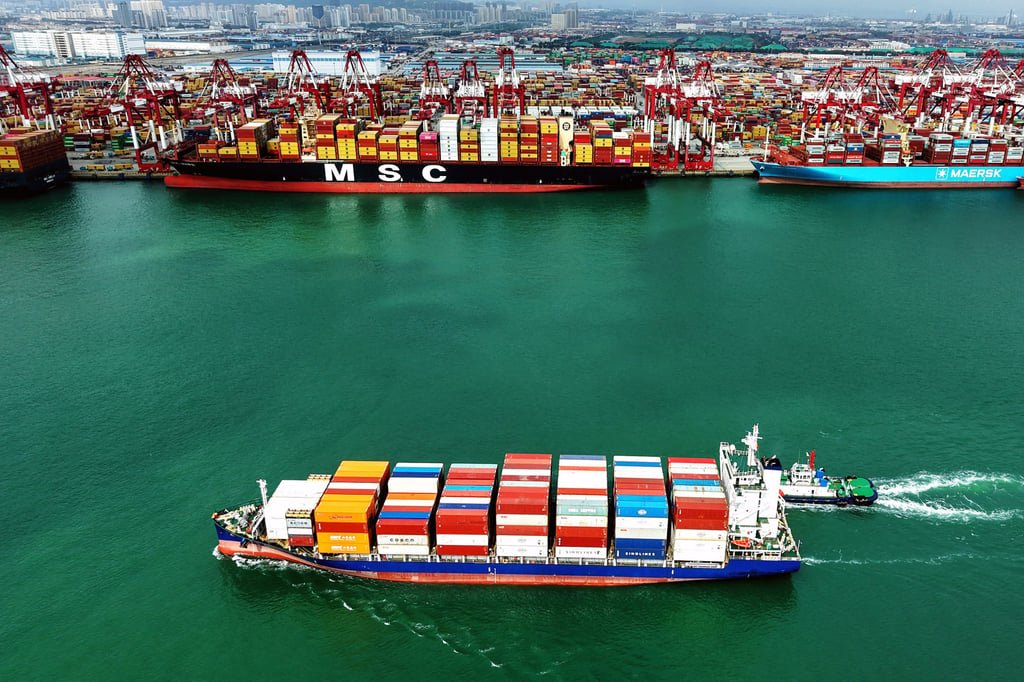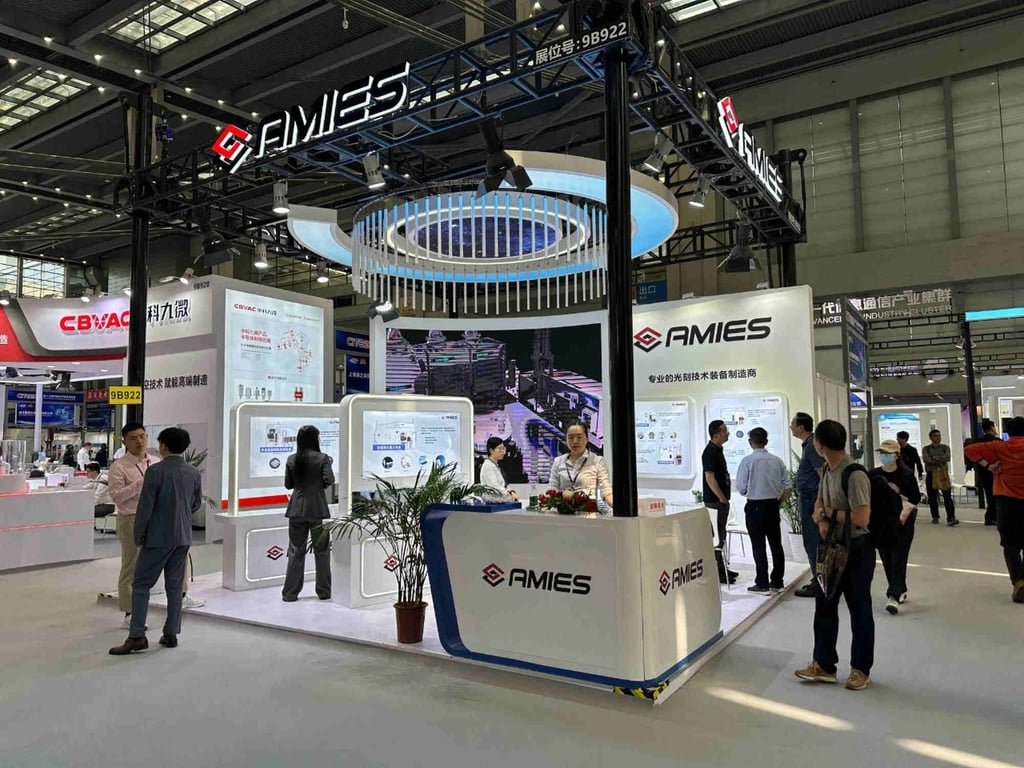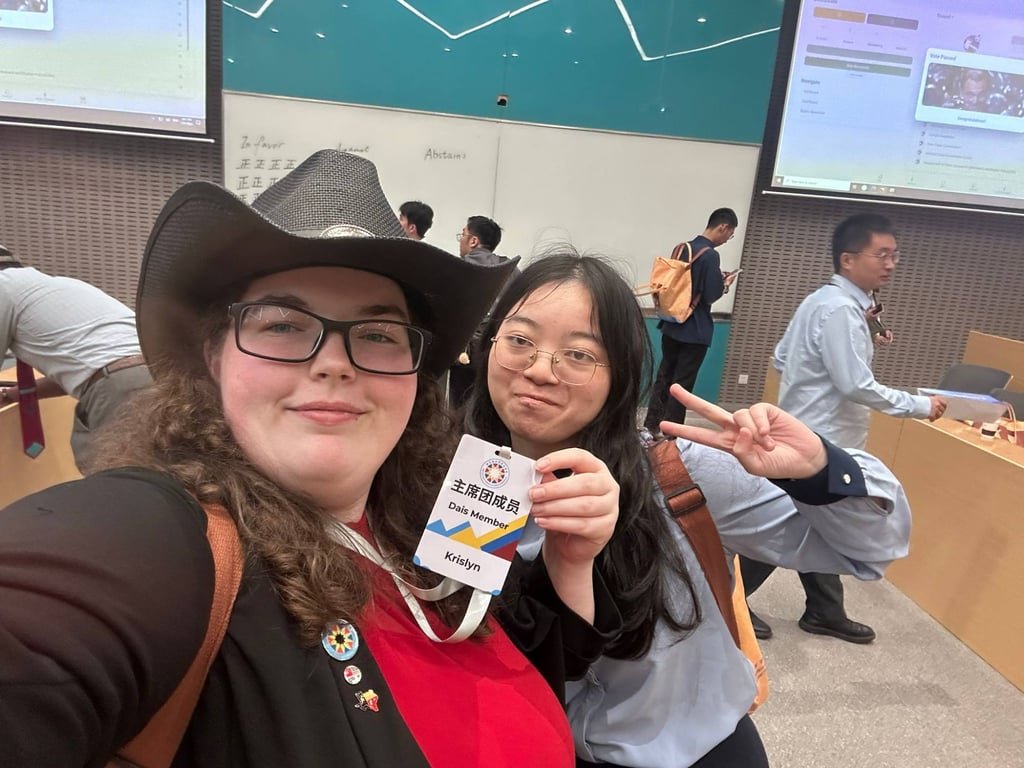The newest American tiff over tariffs with China — rare earth minerals being the spanner in the wheel — could speed up the movement towards a US-India trade deal, a prominent trade-policy think tank in New Delhi has said.

“China’s tighter control over rare-earth exports and a deepening US-China trade war are forcing Washington to rethink its strategy with allies as it seeks reliable partners to build alternative supply chains,” Ajay Srivastava, founder of the Global Trade Research Initiative (GTRI), told news agency ANI.
The assessment comes barely a day after US treasury secretary Scott Bessent listed India among allies in a “China versus the world” fight over rare earths, minerals that are used to make magnets crucial to auto, electronic and defence industries, 80 per cent of which are controlled by Beijing.
Xi Jinping’s regime recently put more export controls — meaning levies and supply restrictions — on rare earths.
The realignment thus could “accelerate a trade deal with India, with the US likely offering 16-18 per cent tariff access, higher than the 15 per cent for the EU and Japan but below the 20 per cent for Vietnam”, as per GTRI’s assessment.
India currently faces 50% US tariffs — among the highest in the world for major economies after China and Brazil — half of which are linked to Donald Trump’s foreign policy as he has cited India’s purchase of Russian oil as “funding for the Ukraine war”.
China is also a major Russian energy buyer but the US President was relatively calm towards Xi’s regime as talks for a deal progressed. That changed recently, and US tariffs on China are set to cross 100%, as Trump got miffed at Beijing’s new controls over rare earths.
Graphic below: Where does India stand on US tariff table?
With India, the reason for his aggression has been linked to things beyond mere business. Reports attributed his behaviour also to Modi’s refusal to play along with his claim that he used a tariff threat to force a ceasefire with Pakistan in May during Delhi’s Operation Sindoor against terror bases.
Prime Minister Narendra Modi, whom Trump lists regularly as a “great, personal friend”, and his government have been measured in response to Trump’s mercurial temper.
Now, a deal may move quickly “because Washington wants it”, GTRI observed.
An Indian team is in the US this week for the sixth round of talks that began in April but were halted in August due to Trump’s aggression.
The GTRI still cautioned that India must look out for its core interests. “India must hold firm on its red lines in agriculture, digital trade, e-commerce, and intellectual property, and avoid any anti-China clauses that could limit its strategic autonomy,” the think tank’s assessment said. Foreign minister S Jaishankar has emphatically drawn these red lines multiple times.
The Americans are still likely to press for deeper market access in sectors such as medical devices, dairy, and technology services, experts have said.
Things have changed quickly over the past few days, though, thanks to broader geopolitical shifts.
For Washington, securing the supply chain for its manufacturing industry is a central focus. A pact could help both nations reduce dependence on China-linked supply networks.
“Ambassador-designate Sergio Gor was recently in India, and he met with all the stakeholders and had good meetings,” an official told news agency ANI. Gor with Modi, too, giving him a photo signed by Trump as a gift, with a handwritten message: “Mr Prime Minister, you are great“.
“The negotiating team from India is in the US, and they are trying to see if we can have a win-win solution between the two sides,” ANI quoted government sources as saying. “We are in a deeper discussion. We have seen export growth to US and it may continue. Around 45 per cent of our exports to the US remain out of tariff,” the sources further told the news agency.








